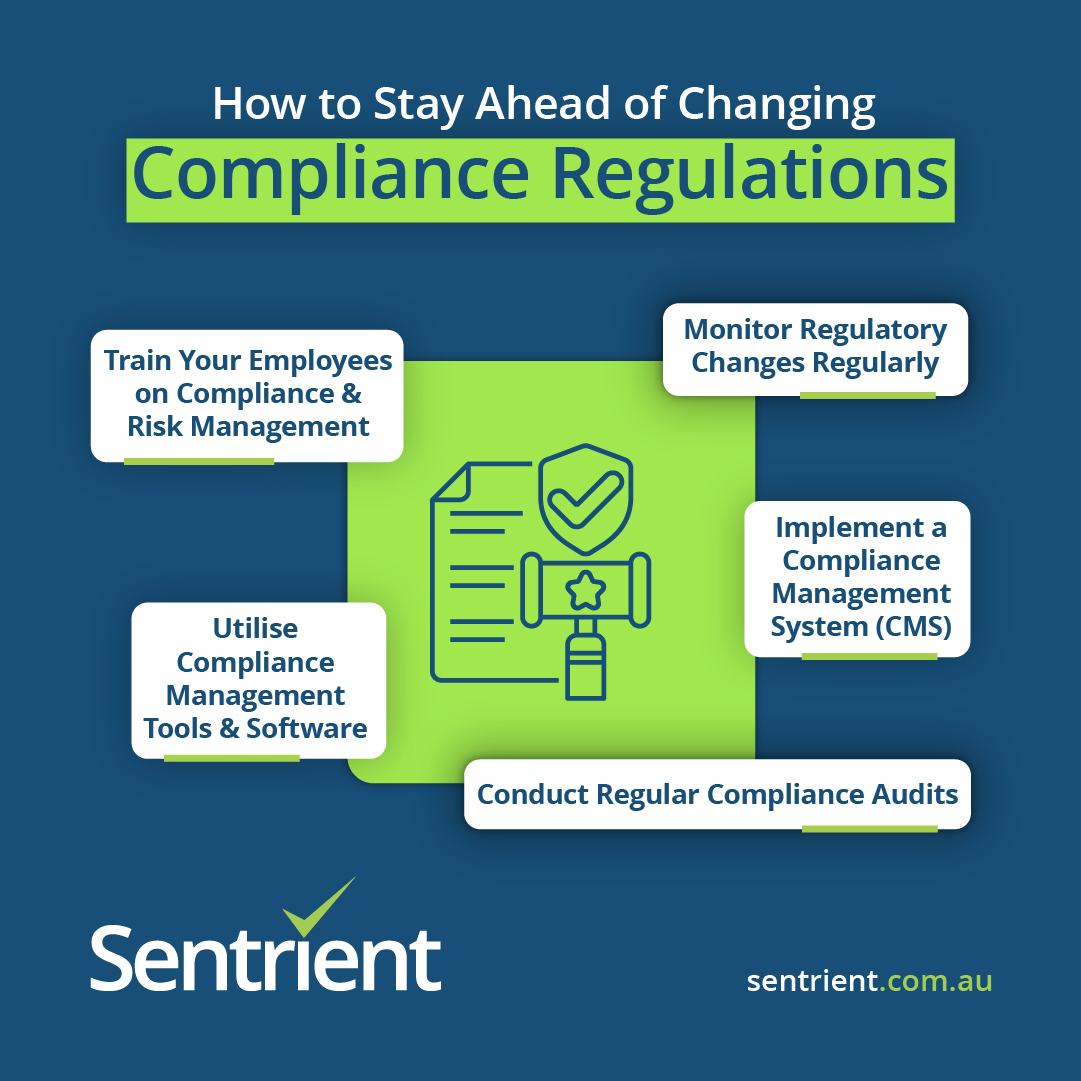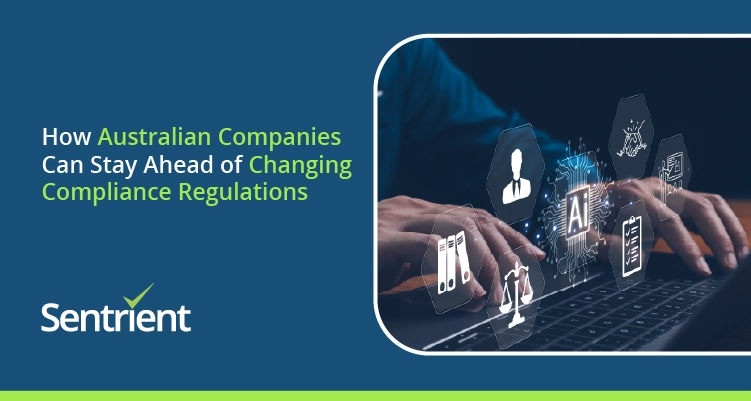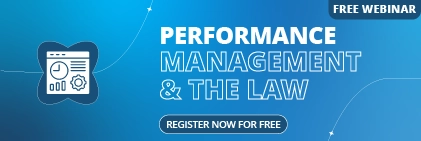Australian businesses risk serious penalties for not keeping up with regulations. Compliance rules keep changing, making it harder to stay on top. Even a workplace safety breach can lead to heavy fines.
You might face stricter regulatory checks, demanding more documentation and technology solutions in corporate law, financial services, and data protection. Let’s explore how you can keep up with regulations, protect your business from costly penalties, and build a strong compliance strategy.
We’ll cover everything you need – key compliance aspects, practical ways to stay compliant, and how to implement an effective compliance management system.
What is Compliance Management and Why Does It Matter?
Compliance management is the core of your business, ensuring you follow laws, regulations, and industry standards. It also makes sure your employees understand and follow set processes and procedures.
A solid compliance strategy helps you focus on growth instead of legal issues. It also boosts risk management by preventing regulatory issues.
Policies and procedures set the rules, while systems and technology help enforce them. At the core of compliance lies a culture of ethics, integrity, and trust, led by the board of directors.
Compliance isn’t just about ticking legal boxes. It also meets investor and public expectations. Your compliance officer acts as a trusted adviser, guiding your business away from risk.
Your business partners’ compliance matters too. If they fail to follow laws, your reputation, and operations suffer.
A strong compliance system includes:
- Clear policies that set workplace expectations
- Training for board members, managers, and staff
- Ongoing monitoring and routine compliance checks
- Audit trails to prove compliance
The cost of compliance is rising, but the price of non-compliance is higher. Instead of seeing compliance as an expense, treat it as an investment in your company’s future success.
As regulations shift rapidly, regular audits and compliance software help businesses stay ahead and maintain trust with stakeholders. Compliance also promotes transparency, accountability, and credibility.
The Biggest Compliance Challenges for Australian Businesses
Australian businesses struggle to keep up as compliance laws grow more complex. A recent April 2024 survey by the Australian Institute of Company Directors found that legal compliance is a top concern for company directors.
1. Frequent Regulatory Updates
The Council of Financial Regulators (CFR) constantly introduces new policies and amendments, and your business must stay updated to remain compliant.
For example, the Financial Accountability Regime (FAR) starts for banks on March 15, 2024, and for the financial services and insurance sectors on March 15, 2025. (Source: rba.gov.au)
2. Complexity of Compliance Frameworks
The Australian Law Reform Commission highlights that current legislation is highly complex and small businesses, in particular, struggle to stay compliant.
Even different industries face specific compliance requirements, for example, banks follow anti-money laundering laws, while healthcare providers must comply with privacy regulations.
3. Lack of Awareness and Training among Employees
Your employees play a key role in compliance. But if they’re not trained properly, they may unknowingly break rules, exposing your business to major penalties.
4. Managing Compliance across Different Industry Sectors
Businesses operating across different states and sectors face multiple compliance challenges. Environmental, social, and governance (ESG) obligations differ across states, requiring businesses to create separate compliance frameworks.
How to Stay Ahead of Changing Compliance Regulations
Staying compliant requires technology, training, and regular monitoring. Here’s a practical guide to stay ahead of changing compliance regulations:

1. Monitor Regulatory Changes Regularly
The Council of Financial Regulators (CFR) oversees financial agencies and upcoming regulations. Subscribing to industry newsletters and attending regulatory symposiums helps you stay informed.
2. Implement a Compliance Management System (CMS)
A centralised compliance management system serves as a training and reference solution for employees and integrates compliance policies into daily business operations.
3. Train Your Employees on Compliance and Risk Management
Regular training ensures your team stays updated on laws, policies, and potential risks, while custom role-based training keeps employees engaged and aware.
4. Conduct Regular Compliance Audits
Independent audits help detect risks and verify compliance. Certifications like ISO 27001 show your commitment to compliance.
5. Utilise Compliance Management Tools & Software
Modern compliance software streamlines processes and reduces manual work.
Key benefits include:
- Automated updates on regulatory changes
- Centralised compliance records
- Real-time data analysis and reporting
- Incident reporting tools
Key Features of an Effective Compliance Management Solution
Modern compliance systems offer smart features to help businesses stay compliant while minimizing human error.
1. Automated Updates
A good compliance system automatically tracks new regulations and alerts your team to any compliance changes. This saves time and reduces manual tracking.
2. Employee Training Modules
Built-in training modules simplify compliance education. They allow you to customise courses, track progress, and schedule refresher sessions.
3. Risk Assessment Tools
These tools identify compliance gaps and provide detailed risk reports with recommendations. Real-time data analysis ensures you stay ahead of potential risks.
4. Audit & Reporting
Compliance tools generate audit trails and reports that highlight risks. Interactive dashboards give a clear view of compliance metrics.
Conclusion
Australian businesses face increasing compliance challenges. But with the right strategies and tools, you can stay ahead and avoid penalties. A strong compliance approach requires commitment at every level. Businesses that invest in compliance management systems gain better control over risks.
Sentrient is providing accurate compliance management solutions to make Australian business stay ahead of compliance changes. We help you adapt to changing regulations while sustaining your business operations.
Contact us today to learn more!
FAQs
1. How can Australian businesses stay informed about regulatory changes?
Australian businesses can stay informed about regulatory changes by subscribing to industry newsletters, attending relevant symposiums, and regularly monitoring information releases from authorities.
2. What are the key components of an effective compliance management system?
An effective compliance management system includes formal written policies, appropriate training for all staff, routine monitoring procedures, and comprehensive audit trails.
3. How often should companies conduct compliance audits?
Companies should conduct regular compliance audits to identify potential risks and verify adherence to internal policies. While the frequency may vary depending on the industry and regulatory environment, many organisations benefit from annual audits.
4. What role does employee training play in compliance management?
Employee training is crucial in compliance management. Regular training sessions keep staff updated on consumer protection laws, internal policies, and emerging compliance issues.
5. How can compliance management software benefit Australian companies?
Compliance management software can significantly benefit Australian companies by streamlining workplace compliance management and safeguarding against legal liability.
These tools offer features such as automated regulatory updates, centralised storage of compliance records, real-time reporting capabilities, and incident reporting functionality.






